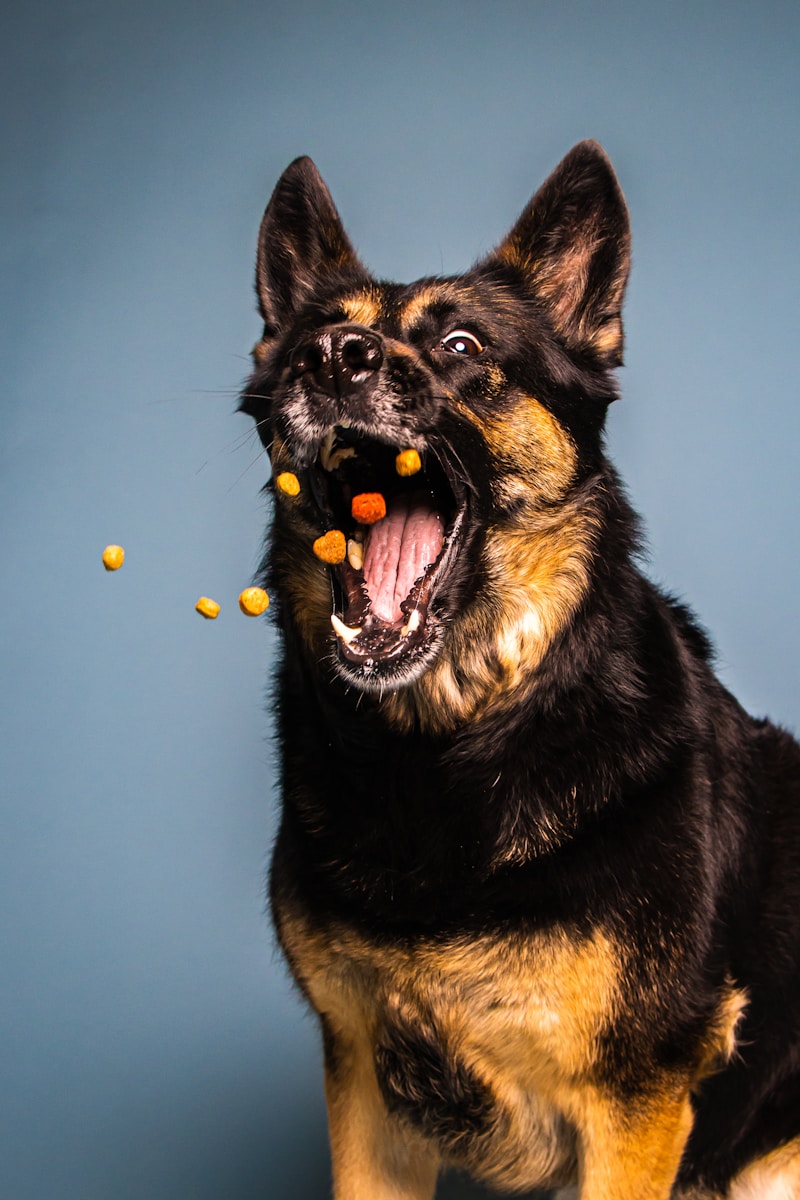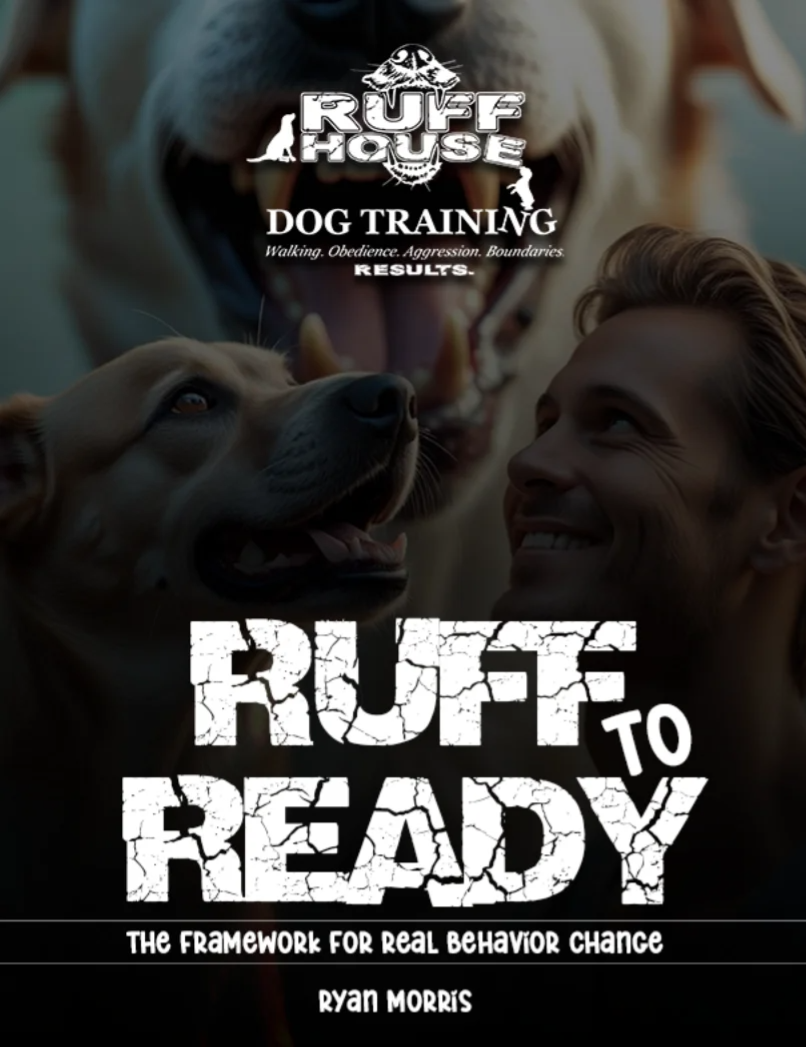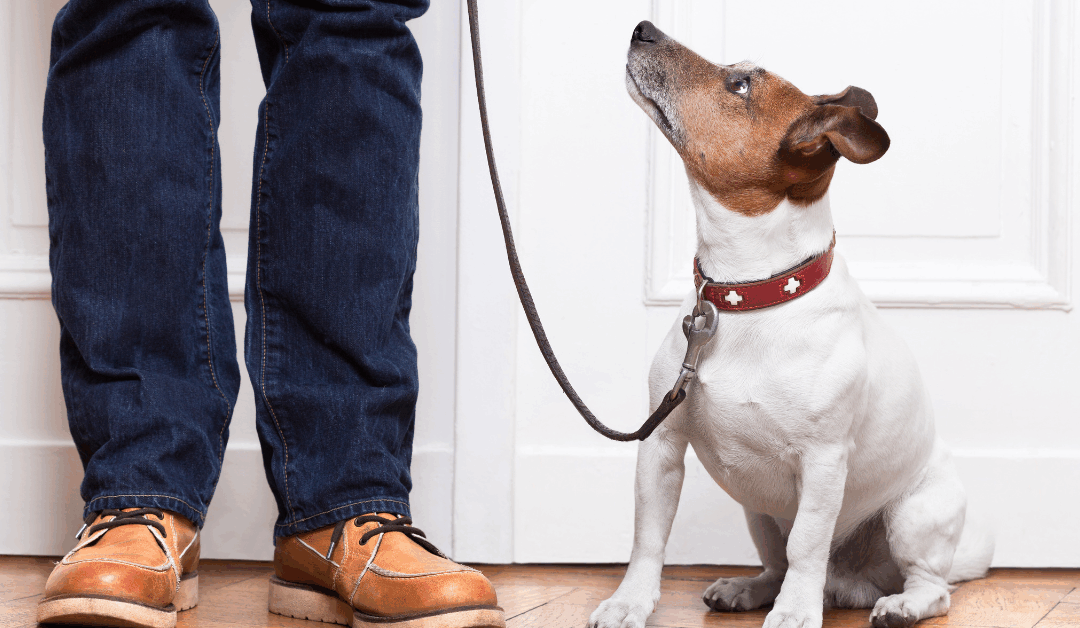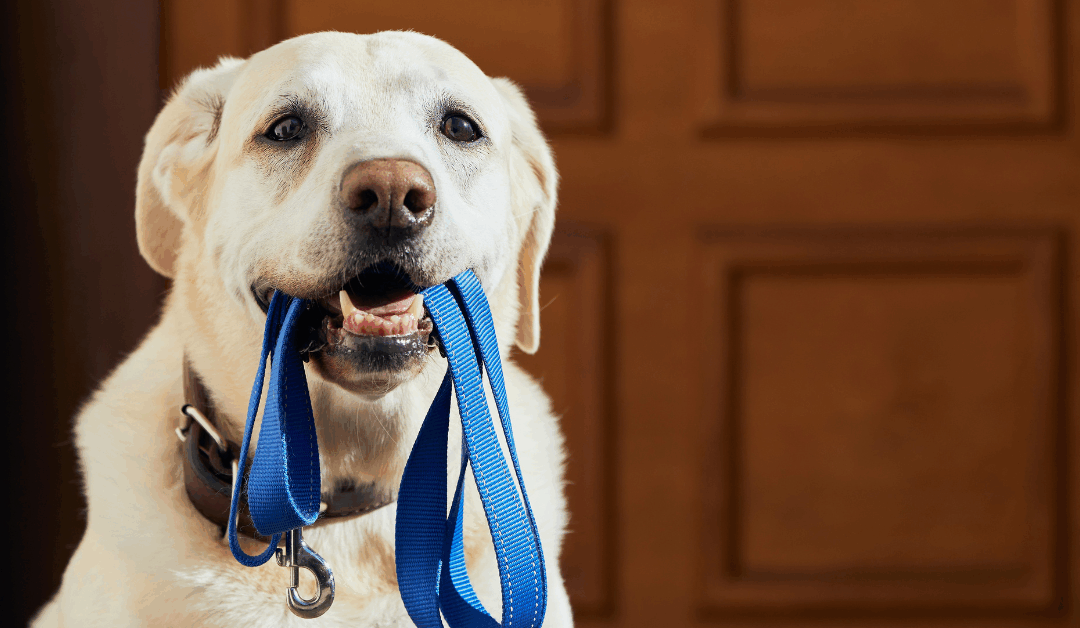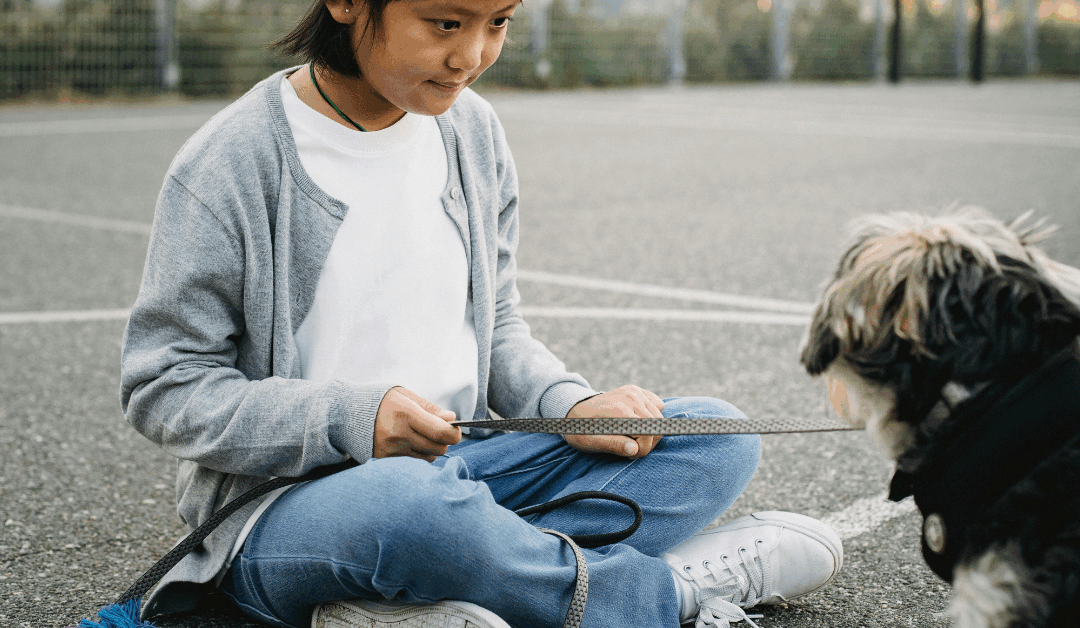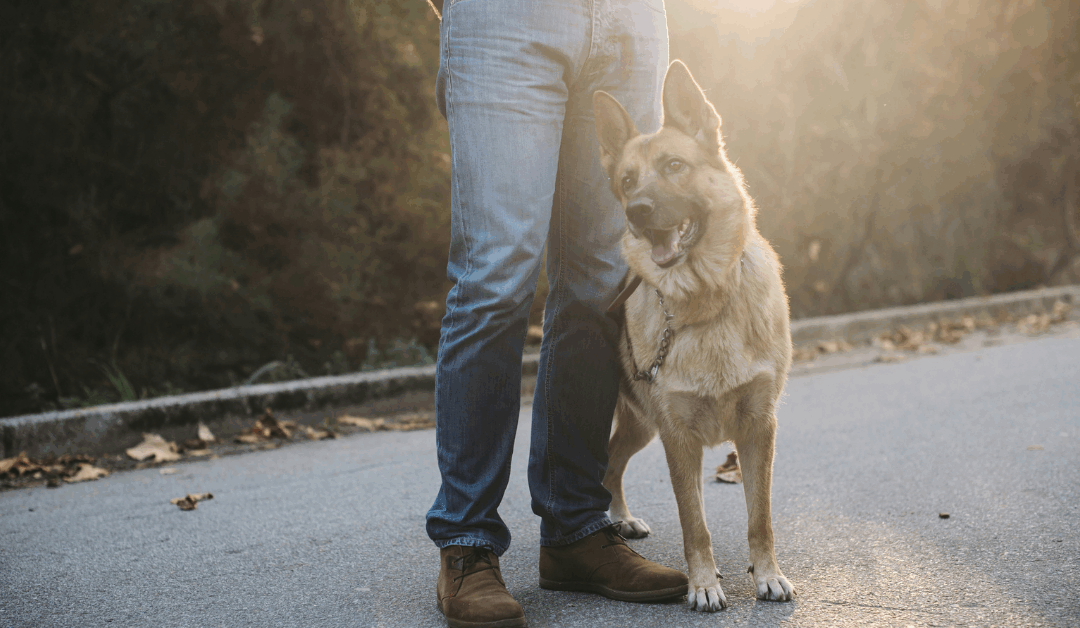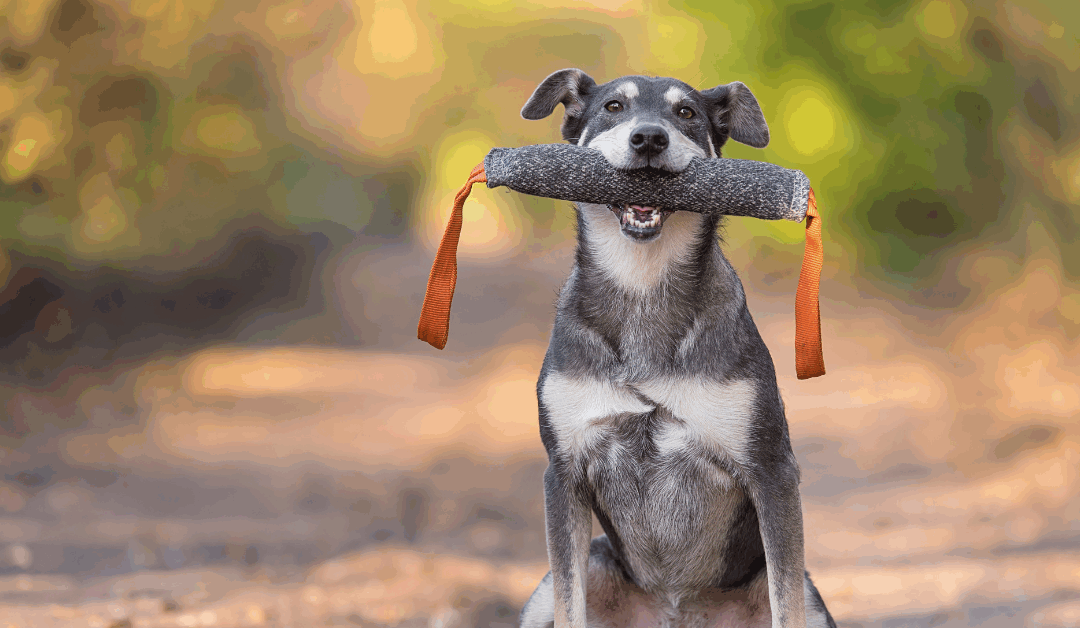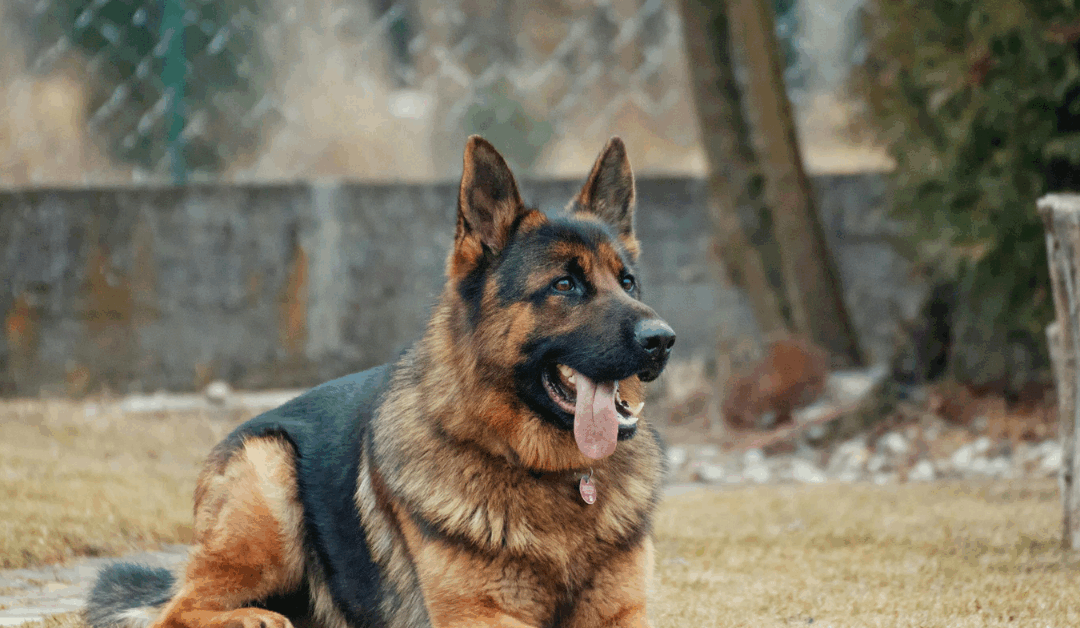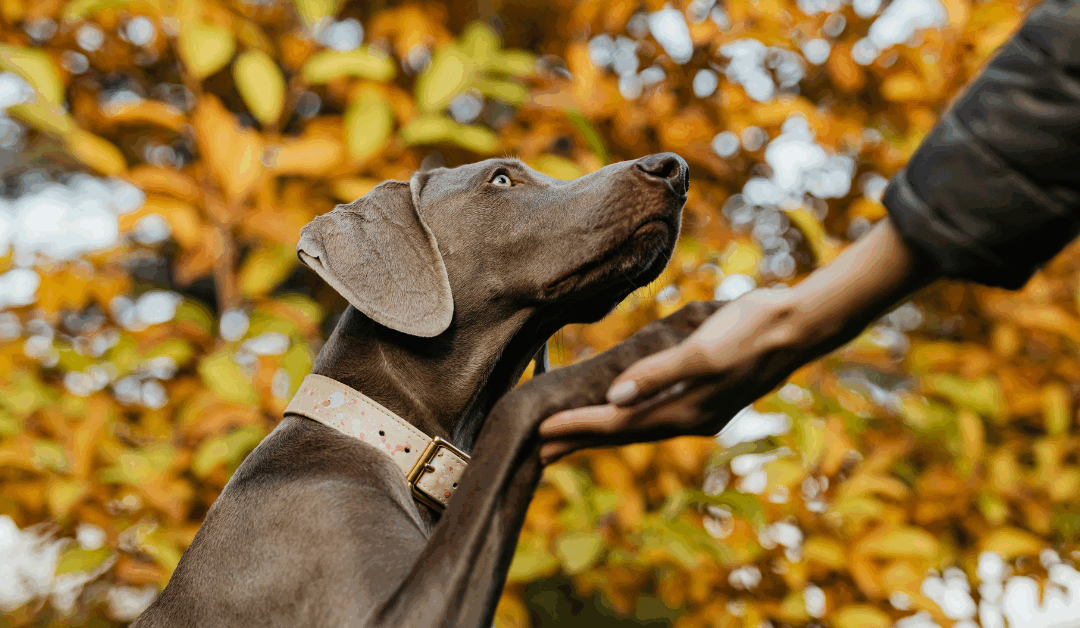If your dog ignores you faster than a teenager ignores chores, you might be using the wrong treats.
The right training treats aren’t just snacks—they’re communication tools. They bridge the gap between what you want your dog to understand and what actually motivates them to listen. After working with hundreds of dogs across Northern Virginia, Maryland, and the Washington D.C. area, we’ve learned that the difference between a successful training session and a frustrating one often comes down to what’s in your treat pouch.
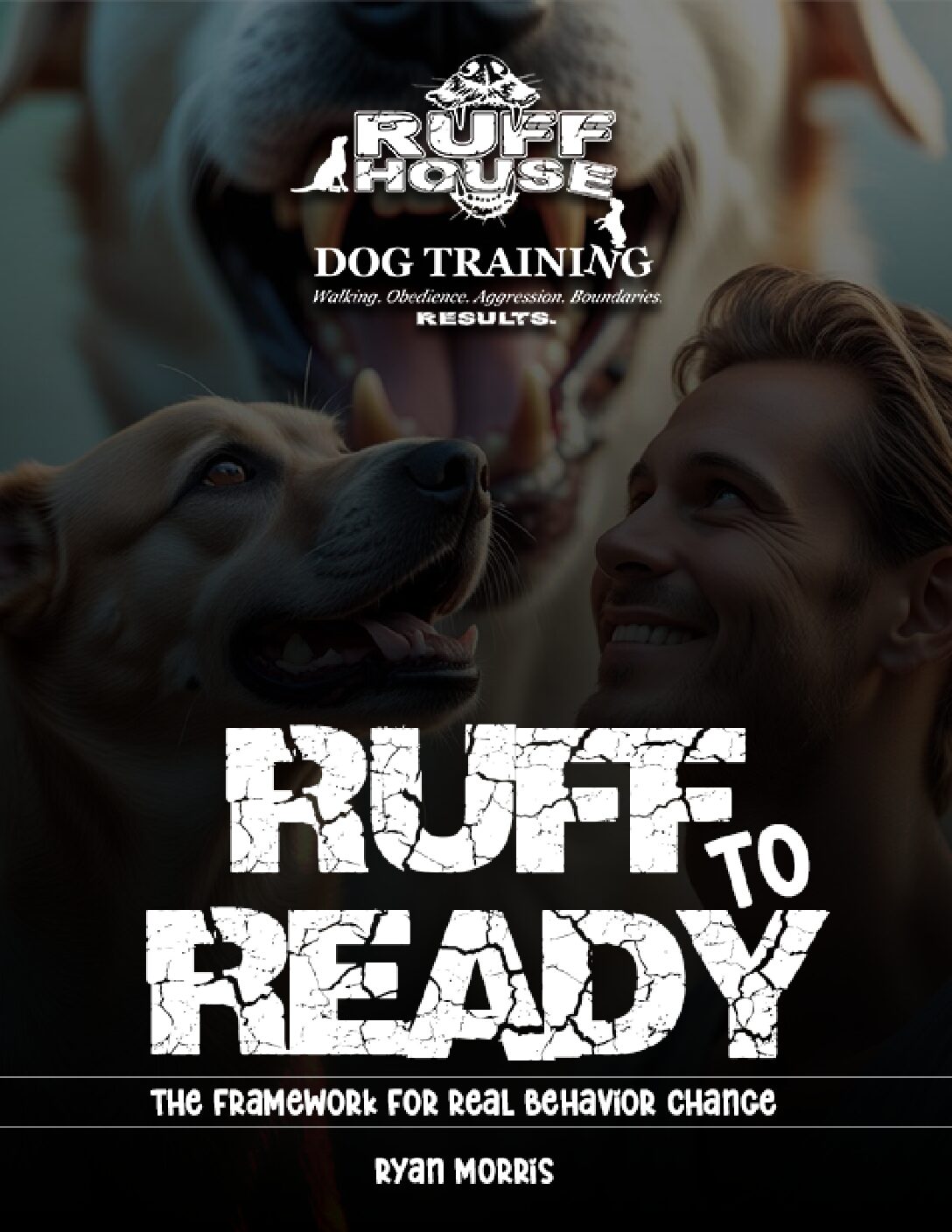
Unlock Real Behavior Change – Download Your Free Guide Now
"*" indicates required fields
At Ruff House Dog Training, we’ve tested dozens of dog training treats in real homes with real dogs. Some worked brilliantly. Others ended up forgotten in kitchen drawers. The treats that made our “daily use” list earned their spot through consistent results—turning distracted, stubborn, or overwhelmed dogs into eager students.
Whether you’re dealing with a puppy who thinks “sit” means “jump higher” or an older dog who’s mastered selective hearing, the right treats can transform your training sessions. We’re sharing the ones that actually work, along with the mistakes that slow progress and the simple rules that speed it up.

Photo by Sebastian Coman Travel on Unsplash
What to Look for in the Best Dog Treats for Training | Expert Tips
Not all treats are created equal, especially when it comes to training. That dry biscuit your dog barely notices during dinner won’t cut it when you’re competing with squirrels, other dogs, or the fascinating smell of yesterday’s pizza in the park.
High Value: Something Your Dog Actually Cares About
High-value treats are the currency of successful training. These are the treats your dog would abandon their favorite toy for. Think soft, smelly, and irresistible—usually involving real meat, cheese, or other protein-rich options. Kibble might work for some dogs in quiet environments, but when training gets challenging, you need treats that grab attention instantly.
Small and Soft: Easy to Eat Quickly
Training treats need to disappear in seconds, not minutes. Large, crunchy treats slow down sessions and can actually interrupt the learning process. Small dogs especially need tiny pieces, not chewy treats—something they can swallow without extensive chewing. Soft treats also work better because they’re easier to break apart when you need even smaller pieces for rapid-fire training sessions.
Variety: Dogs Get Bored Fast
Just like humans, dogs appreciate variety. Using the same treat for weeks can lead to decreased motivation. Smart trainers rotate between different flavors, textures, and types to keep dogs engaged. This also helps prevent food sensitivities and keeps training sessions exciting.
Always test new treats in low-distraction settings first. What works perfectly in your living room might fail completely at the dog park. Start simple, then graduate to more challenging environments as your dog masters the basics.

Photo by Mimicry Hu on Unsplash
The Dog Training Treats We Actually Use
After years of testing treats with clients across the DMV area, these are the options our trainers reach for session after session.
Soft Beef or Chicken Treats
Commercial soft training treats made from real beef or chicken top our list for good reason. They’re high-value for most dogs, easy to break into smaller pieces, and convenient to carry. Look for treats that feel slightly moist and have a strong aroma. Brands that use real meat as the first ingredient typically deliver the best results.
Hot Dogs (Cut Small!)
Old-school but still undefeated. Cut hot dogs into tiny pieces—we’re talking pea-sized for small dogs, slightly larger for big dogs. They’re soft, smelly, and affordable, and are perfect for not sticking on the floor. Just avoid brands with too much salt or artificial additives if you’re using them frequently.
Kibble Mixed with Real Food Bits
For longer training sessions or weight-conscious dogs, mixing regular kibble with small pieces of higher-value treats is ideal and stretches your training budget while maintaining motivation. Use about 80% kibble to 20% high-value treats, mixing them in your treat pouch so every handful contains something exciting.
If you wouldn’t eat it, that’s fine—your dog’s standards are much lower than yours. But if your dog won’t eat it, that’s a problem worth solving.
What Is the 7-7-7 Rule for Dogs?
The 7-7-7 rule provides structure for training consistency and habit formation. This rule suggests focusing on 7-minute training sessions, 7 days a week, for 7 weeks to establish solid behavioral foundations.
Why 7 Minutes Work
Short, focused sessions prevent mental fatigue and maintain high engagement. Dogs learn better through frequent, brief interactions than marathon training sessions that leave everyone exhausted. Seven minutes allows enough time to practice several commands while keeping sessions positive and productive.
The Power of Daily Practice
Training 7 days a week builds habits for both you and your dog. Consistency accelerates learning and prevents the regression that happens when training becomes sporadic. Even busy schedules can accommodate 7 minutes—think of it as your dog’s daily mental exercise.
Seven Weeks for Lasting Change
Behavioral changes need time to solidify. Seven weeks provides enough repetition to move skills from conscious effort to automatic response. This timeline aligns with how most dogs internalize new routines and expectations.
The 7-7-7 rule works especially well when combined with strategic treat timing. Reward immediately when your dog responds correctly, creating clear connections between action and outcome.
What Is the 3-3-3 Rule for Dog Training?
The 3-3-3 rule maps the adjustment timeline most dogs experience when learning new behaviors or adapting to changes: 3 days to decompress, 3 weeks to learn routine, and 3 months to feel completely confident.
First 3 Days: Decompression
During the initial 3 days, dogs often feel overwhelmed or uncertain. They might not eat treats readily, seem distracted, or appear less responsive than usual. This is normal. Focus on building positive associations rather than demanding perfect performance. Use high-value treats generously during this phase to create positive connections.
First 3 Weeks: Learning Routine
Between days 4 and 21, dogs begin understanding patterns and expectations. This is when consistent training schedules and treat rewards really pay off. Dogs start anticipating training sessions and responding more reliably to commands. Their personality begins to emerge as stress decreases.
First 3 Months: Full Confidence
By month three, most dogs feel completely settled and confident in their new routine. They’ve internalized the rules and can handle more challenging training scenarios. This is often when you can begin fading treat rewards in favor of praise, play, or life rewards.
Understanding this timeline helps manage expectations and prevents frustration during slower progress periods. Patience combined with consistent treat rewards during these phases builds lasting trust and cooperation.
Should You Use Treats When Training a Dog?
Absolutely—but strategically. Treats aren’t bribery; they’re communication tools that help dogs follow your lead and understand what behaviors you value.
Treats as Communication, Not Bribery
There’s an important difference between bribing and rewarding. Bribery happens before the behavior (showing the treat to get compliance), while rewarding happens after (giving the treat to reinforce good choices). Smart trainers use treats as clear feedback—immediate rewards that say “yes, that’s exactly what I wanted.”
The Paycheck Analogy
Think of treats as your dog’s paycheck. You don’t work for free, so why should they? Dogs love motivation, and they need that motivation to choose training over more interesting alternatives like chasing squirrels or investigating interesting smells. Treats provide that motivation while building positive associations with training time.
Fading Treats Over Time
The goal isn’t lifetime treat dependency. As behaviors become reliable, gradually replace treats with praise, play games your dog likes, or offer life rewards. A well-trained dog eventually works for the satisfaction of pleasing you, but they need treats initially to understand what “pleasing you” actually means.
Start with generous treat rewards, then slowly transition to intermittent reinforcement once behaviors are solid. This actually creates stronger habits than constant rewards—just like how slot machines work.
Treat Mistakes That Slow Training Progress
Even experienced dog owners make treat mistakes that undermine training success. Avoiding these common pitfalls can dramatically improve your results.
Using Too-Large Treats
Oversized treats slow down training sessions and can lead to weight gain with frequent use. Large treats also break the flow of learning—your dog focuses more on chewing than on the lesson. For most training situations, treats should be no larger than your fingernail.
Low-Value Treats in High-Distraction Environments
That training treat that works perfectly in your kitchen might fail completely at the dog park. Distraction levels require corresponding treat values. Save your highest-value options for the most challenging training scenarios, and don’t be afraid to upgrade when regular treats aren’t cutting it.
Forgetting Small Dog Needs
Small dogs need proportionally smaller treats, but many owners don’t adjust accordingly. A treat that’s appropriate for a German Shepherd can overwhelm a Chihuahua’s system and create training session delays. When in doubt, break treats smaller rather than larger.
Pocket Disasters
Crumbly treats that disintegrate in your pocket or melt in summer heat create mess and frustration. Ask me how I know. Choose treats that maintain their integrity during training sessions, or invest in a proper treat pouch that protects both treats and clothing.
Lack of Variety
Using the same treats repeatedly can lead to decreased motivation over time. Dogs appreciate variety just like humans do. Rotate between different flavors and types to maintain high engagement levels throughout training.
Easy, Healthy Homemade Dog Training Treats
Commercial treats work well, but homemade options offer cost savings and complete ingredient control. These simple recipes create training treats that rival store-bought versions.
Baked Chicken Bits
Cut boneless, skinless chicken breast into small cubes and baking them at 350°F for 15-20 minutes until fully cooked. Let cool completely before using. These treats freeze well and thaw quickly for training sessions.
Dehydrated Liver
Slice beef or chicken liver thinly and dehydrate in a food dehydrator or low oven (200°F) for several hours until completely dry. Break into small pieces. The strong smell makes these extremely high-value for most dogs.
Peanut Butter Oat Balls
Mix rolled oats, natural peanut butter (xylitol-free), and a small amount of water to form a dough. Roll into small balls and refrigerate until firm. These work especially well for dogs with meat sensitivities.
Safety Reminders
Always avoid ingredients toxic to dogs: onion, garlic, grapes, raisins, chocolate, macadamia nuts, and artificial sweeteners like xylitol. When trying new ingredients, start with small amounts to check for digestive sensitivity.
Keep homemade treats refrigerated and use within a few days, or freeze portions for longer storage. Fresh treats work better than stale ones, and spoiled treats can cause serious health problems.
Top Dog Training Treats
When it comes to training your dog, having the right treats is essential to make the process both effective and enjoyable. Here’s a list of just a few highly recommended training treats, along with trusted brands and links to where you can purchase them:
- Zuke’s Mini Naturals: These small, soft treats are perfect for training sessions. They’re easy to chew and available in a variety of flavors such as chicken and peanut butter. Buy Zuke’s Mini Naturals here.
- Wellness Soft Puppy Bites: Designed specifically for puppies, these soft treats are packed with mouthwatering flavors like lamb and salmon, making them a great high-value reward. Buy Wellness Soft Puppy Bites here.
- Blue Buffalo Blue Bits: These soft, moist treats are made with real meat as the primary ingredient and are fortified with DHA to support healthy brain development, making them ideal for growing puppies. Buy Blue Buffalo Blue Bits here.
- Bil-Jac Little Jacs Small Dog Training Treats: Made with fresh chicken liver, these soft, bite-sized treats come in a resealable bag for convenience. They’re perfect for rewarding good behavior on the go. Buy Bil-Jac Little Jacs here.
- Natural Balance Mini Rewards: At just five calories per treat, these small yet flavorful bites are made with quality ingredients like chicken, duck, or salmon, ensuring they’re both healthy and irresistible. Buy Natural Balance Mini Rewards here.
- Rocco & Roxie Gourmet Jerky Sticks: Though slightly more expensive, these premium jerky sticks are known for their high-quality ingredients and outstanding taste. They can be easily broken into smaller pieces to make the perfect training reward. Buy Rocco & Roxie Gourmet Jerky Sticks here.
By experimenting with these top training treats, you’ll discover which ones your puppy loves most, turning training sessions into a truly rewarding experience for both of you.

From Chaos to Calm: Your Next Steps
Training success isn’t about dominance or showing your dog who’s boss. It’s about communication, consistency, and finding what motivates your individual dog. The right treats provide the foundation for that communication—they’re your way of saying “yes, that’s exactly what I wanted” in a language every dog understands.
Remember that training is like working out: consistency is key, and it matters more than perfection. The best training treat in the world won’t help if it sits unused in your kitchen drawer, or throwing them away. Start with treats your dog actually gets excited about, keep sessions short and positive, and celebrate small progress along the way.
Every dog learns at their own pace. Some master new behaviors in days, while others need weeks or months. But don’t worry, the 3-3-3 rule reminds us that patience and persistence pay off, while the 7-7-7 rule provides a framework for consistent practice.
At Ruff House Dog Training, we’ve helped over 400 families across Northern Virginia, Maryland, and Washington D.C. transform their relationships with their dogs. It starts with the right motivation, the right techniques, and the right support. From chaos to calm—let’s make it happen.
Start your dog’s transformation today. Book your 90-Minute Miracle session and discover what’s possible when training actually works.
